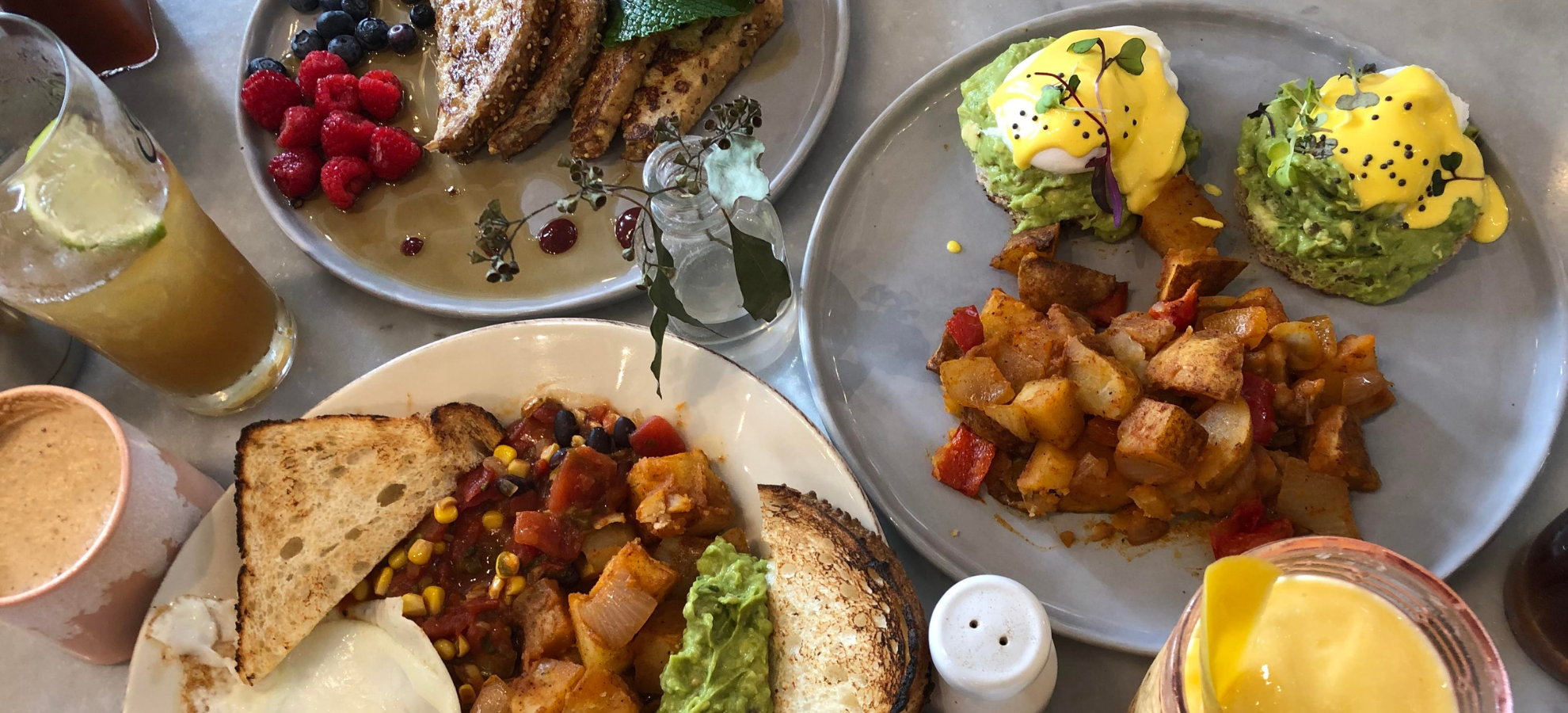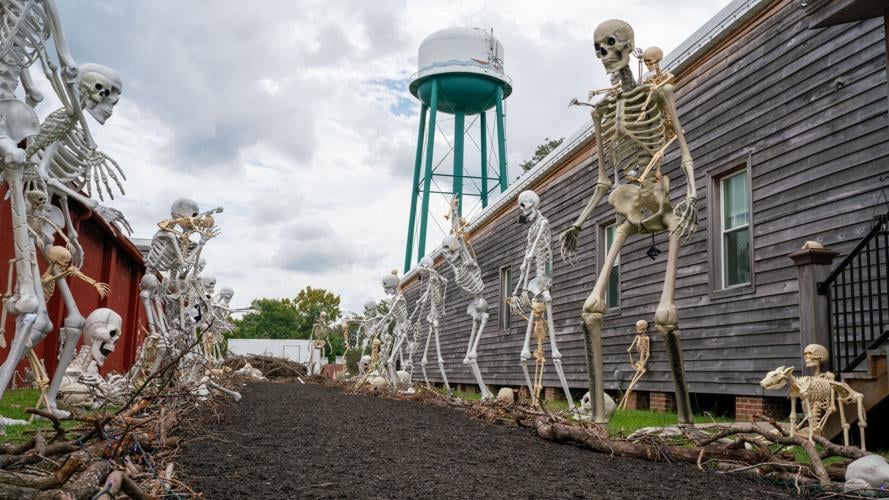A Treasure Trove of Stories, Myths, and Blessings
by Melissa LaScaleia
Myrtle Beach has gone through many transitions throughout the ages, acquiring a rich and storied past as it evolved into its current iteration as a hub of tourism and laid-back beach living.
At the end of the Civil War, without slave labor to run the plantations that made the economy go ‘round, the inhabitants of Long Bay (as the Myrtle Beach area was then called), largely disappeared, and much of the land reverted to wilderness.
By the late 19th century, a businessman from the North, Simeon Chapin, acquired large tracts of land in the area that encompassed Robert Francis Withers Allston’s Plantation. Today, the area of the plantation that overlooks the tidal creek, or swash, is known as Wither’s Swash, and is a protected historic landmark open to the public.
Simeon and his Southern business partner Franklin Burroughs, formed the Myrtle Beach Farms Company, which farmed pine trees for resin and tar for maritime shipbuilding. In 1893, a large hurricane knocked down a majority of the pine forest, and they didn’t want the trees to rot and go to waste.
The two built a railroad from Conway to the coast to transport the trees more efficiently, reducing the two-day journey to one hour. When they were building the railroad, they discovered a huge supply of peat moss, which they harvested for months— using it to build fields to grow food commercially as well as feed the people who worked there.
In 1901, an unusual animal siting occurred at the beach; a giant whale washed up on the shoreline, and the man who discovered it was fascinated. Everyone was excited by the event. Burroughs and Chapin gave the townspeople of Conway a free ride on the train to the beach so everyone could see— the first time the coast was selected en masse as a tourist destination.
Perhaps inspired by this, Franklin opened the Seaside Inn, the beach’s first hotel, in 1901, which had no electricity or plumbing. Lodging cost $2 and included all three meals. A Pavilion was subsequently built, attached to the Inn via a boardwalk.
The Pavilion was an evening community gathering spot; and couples of all ages would dance at the beach to music from a Victrola. Horry County locals rode the train to the seashore more regularly, marveling at the beach and ocean. The trips grew in popularity, and the first Pavilion was replaced by a second larger one, with live bands in lieu of the Victrola.
The beach was originally called New Town, but in a renaming contest, Mrs. Burroughs suggested Myrtle Beach, in honor of the wax myrtle shrub that grew in abundance throughout the area, and people loved it.

During this time, Simeon opened a country store that sold china, women’s dresses, and men’s suits. In time, it expanded to include a beauty salon, restaurant, and post office, and became a gathering place where women could spend an afternoon.
In 1920, the Woodside brothers, textile magnates from Greenville, decided along with Holmes B. Springs, to invest in Myrtle Beach. They purchased 66,000 acres, and pooled their resources to build the Ocean Forest Hotel.
It looked like a castle, with an indoor pool, elevators, tennis courts, a championship golf course, a clubhouse, and riding stables.
Some say that the erection of the hotel put Myrtle Beach on the map as a tourist destination. Kings Highway was paved, and the area grew. Plans were underway to build an even more luxurious resort, when the stock market crash of 1929 hit, followed by the Great Depression.
In 1930, the wealthy philanthropic couple, Archer Huntington and Anna Hyatt Huntington, purchased several plantations in Murrells Inlet which they intended to use as a personal retreat, but later opted to make a non-profit organization to share the beauty of the location with everyone.
Brookgreen Gardens became an outdoor art sanctuary that consisted of a park, sculpture museum, zoo, and wildlife preserve. The couple employed the local population to bring their dream to fruition, injecting money into the economy– at the same time instituting electricity, roads, a school, and a free health clinic.
In 1937, the Myrtle Beach Municipal Airport was built and named after the mayor, W. L. Harrelson, in honor of his support of the project. During WWII, the United States Army Air Corps took over the airport and converted it into a military base. Local volunteers would sit at the top of the stairs at the Seaside Inn, watching for German submarines that might surface and attempt a stealth attack in the dead of night. German prisoners of war used to be housed at the Myrtle Beach Air Force Base.
The Pavilion burned down in 1945, and was rebuilt on the corner of 9th Ave. and Ocean Blvd., becoming the epicenter of life at the beach. It had a bathhouse; an amusement park with a carousel and rides; restaurants; arcades; bingo; nightclubs; miniature golf courses; and stores.
During the ’50s and ’60s, the Pavilion was the place to be. The area spawned beach music and dances like the shag. Myrtle Beach earned its reputation as a mecca for great music during this time.
The annual Sun Fun Festival began in 1951 kicking off the summer tourist season with a parade; marching band; games; a “jail” where party poopers who weren’t in shorts or bathing suits were relegated; and a popular beauty pageant that attracted notable actors and actresses. The Sea Captain’s House restaurant was the first oceanfront restaurant ever built and still exists today.
Hurricane Hazel devastated the area in 1954 and became a storm to remember. In Cherry Grove there were no houses left, and to onlookers further south, it looked like a bulldozer had pushed buildings 200 feet away from where they originally stood.
But the event ushered in an era of new growth and expansion for Myrtle Beach, a growth that’s been steadily increasing with each passing decade.
















